#chariots
Explore tagged Tumblr posts
Text

Interpretations of the Hermeneutic Oath differ.
Professional Oaths [Explained]
Transcript Under the Cut
[8 Panels in a grid.]
Hippocratic Oath [Ponytail in a doctor's coat with her arm raised in pledge.] First, do no harm
Hyperbaric Oath [Cueball shaking.] First, acclimate to the pressure
Holographic Oath [A hologram of Ponytail fitzing in parts.] First, shimmer intangibly
Histrionic Oath [White Hat yelling, fists upraised.] First, whine and complain
Hydroelectric Oath [Megan sat in the cut-out wall for a giant turbine.] First, maintain your turbines
Hippodromic Oath [Ponytail in a chariot pulled by a horse.] First, race your chariot well
Hypnagogic Oath [Cueball, half-risen from bed in shock.] First, jolt awake just as you're drifting off
Hypergolic Oath [Cueball on fire.] First, burst into flame
#xkcd#professional oaths#xkcd 2843#webcomics#hippocratic oath#doctors#hyperbaric#holograms#histrionics#hydroelectric#turbines#chariots#hippodrome#hypnagogy#hypergolic propellant#hermeneutics
679 notes
·
View notes
Text

Apollo and the Sun Chariot by Pinckney Marcius-Simons
#apollo#sun#chariot#art#pinckney marcius simons#symbolism#symbolist#greco roman mythology#classical mythology#roman mythology#greek mythology#europe#european#gods#religious art#religion#chariots#horses#city#landscape
262 notes
·
View notes
Note
Why did bronze age civilizations go aminly on the direction of chariots instead of focusing their efforts into "true" cavalry?
Chariots were terrifying and, for most of their history, devastatingly effective war machines.
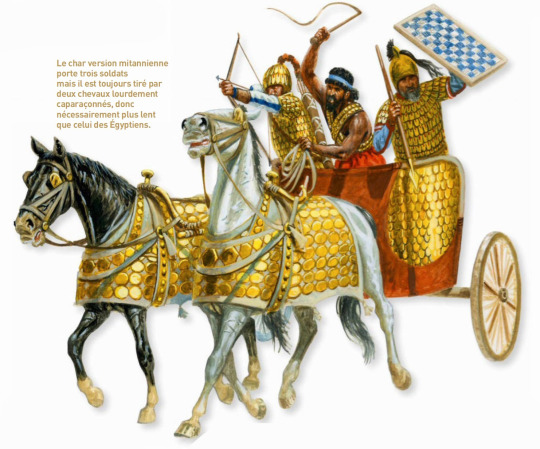
Also, it's difficult to have "true" cavalry without access to the stirrup or the saddle.
314 notes
·
View notes
Text
Vimana?
What is it?
Well, put simply, they are the mythical flying "chariots" out of the South Asian epics. Though, interestingly enough, the earliest mentions of them specifically exclude mentions of horses//being horse drawn.
They are entirely self moving. The word means to traverse, traverse/measure out.
In the ancient epics, they were as large as some palaces, and sometimes listed as a palace (for a character in the epics) and interesting is the evolution of the word today from the days of the epics to where it now means airship/craft.
In the Ramayama, the character and villain, Ravana (inspiration for Rahvin for you WoT fans), has a vimana described as: resembling the Sun, and a chariot able to traverse anywhere and everywhere, resembling a bright cloud, and by command, could go into the atmosphere.
Vimana can travel the skies at insane speed, and notably rain down fire and weapons of mass destruction in battles. Idk about you, but that sounds like some space ship level stuff.
Maybe Stargate was onto something. :SG1 MUSIC INTENSIFIES:
Viman can be shaped into many ways, however. One story tells of a flowery Viman shaped like an eagle that Lord Vishnu sent down to carry the soul of one person up to heaven. Important to also note that Eagles are important in the mythos as they are associated with Garuda a deity and divine bird being who is eagle-like (like not 1-1), as well as often related to a kite (the bird) and yes, the toy that flies through the air is derived in name from the bird. Anyways, Garuda is the mount of Lord Vishnu, and so through him eagles also have a level of high prominence - another example is Shyena, the divine eagle associated with Agni (god of fire).
Anyways circling back to Vimana, some could go invisible (cloaking engaged). But, yeah, read the South Asian epics and myths, there is mind blowingly cool stuff in them.
#Vimana#chariots#South Asian epics#Ramayama#Ravana#Rahvin#WoT#eagles#Lord Vishnu#Garuda#Shyena#Agni#myths and legends#epics and myths#south asian mythology#south asian mythos#south asian#south asia#folklore#global folklore#global myths#there is cool stuff here#this is so cool#i just think it's neat#myths legends and lore#myths and deities#ancient literature
14 notes
·
View notes
Photo

Verse of the Day - Psalm 20:7
#trust god#trust in God#Lord#God#Psalms#chariots#horses#boasting#boast#Bible verses#scripture#Almighty God
10 notes
·
View notes
Text
The two sides of the Standard appear to be the two poles of Sumerian kingship, war and peace. The war side was found face up and is divided into three registers (bands), read from the bottom up, left to right. The story begins at the bottom with war carts, each with a spearman and driver, drawn by donkeys trampling fallen enemies, distinguished by their nudity and wounds, which drip with blood. The middle band shows a group of soldiers wearing fur cloaks and carrying spears walking to the right while bound, naked enemies are executed and paraded to the top band where more are killed.
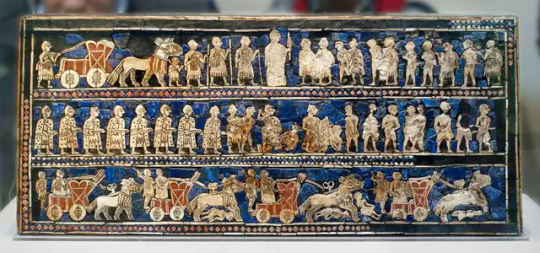

In the center of the top register, we find the king, holding a long spear, physically larger than everyone else, so much so, his head breaks the frame of the scene. Behind him are attendants carrying spears and battle axes and his royal war cart ready for him to jump in. There is a sense of a triumphal moment on the battlefield, when the enemy is vanquished and the victorious king is relishing his win. There is no reason to believe that this is a particular battle or king as there is nothing which identifies it as such; we think it is more of a generic image of a critically important aspect of Ancient Near Eastern kingship.
The opposite peace panel also illustrates a cumulative moment, that of the celebration of the king, this time for great agricultural abundance which is afforded by peace. Again, beginning at the bottom left, we see men carrying produce on their shoulders and in bags and leading donkeys. In the central band, men lead bulls, sheep and goats, and carry fish. In the top register a grand feast is taking place, complete with comfortable seating and musical accompaniment.
On the left, the largest figure, the king, is seated wearing a richly flounce fur skirt, again so large, even seated, he breaks the frame. Was it an epic tale of battle that the singer on the far right is performing for entertainment as he plays a bull’s head lyre, again, like the Queen’s Lyre? We will never know but certainly such powerful images of Sumerian kingship tell us that [whoever] ended his life with the Standard of Ur on his shoulder was willing to give his life in a ritual of kingly burial.
#studyblr#history#military history#archaeology#art#art history#music#music history#anthropology#sociology#politics#transport#animals#food and drink#agriculture#early dynastic period (mesopotamia)#mesopotamia#sumer#ur#leonard woolley#standard of ur#chariots#lyre#lapis lazuli
3 notes
·
View notes
Text

The Fall of Sennacherib Prophesied
Through your servants you have taunted the Lord, and you have said: “With my many chariots I have ascended to the heights of the mountains, to the remote peaks of Lebanon. I have cut down its tallest cedars, the finest of its cypresses. I have reached its farthest outposts, the densest of its forests. — 2 Kings 19:23 | Berean Standard Bible (BSB) The Holy Bible, Berean Standard Bible is produced in cooperation with Bible Hub, Discovery Bible, OpenBible.com, and the Berean Bible Translation Committee. This text of God’s Word has been dedicated to the public domain. Cross References: 2 Kings 18:17; 2 Chronicles 26:10; Isaiah 10:18; Isaiah 37:24; Daniel 8:11
Read full chapter
Who was Sennacherib in the Bible?
#messengers#defiance#Lord#trust#chariots#the fall of Sennacherib prophesied#Lebanon#cedars#2 Kings 19:23#Book of Second Kings#BSB#Berean Standard Bible#Bible Hub#the Berean Bible Translation Committee
2 notes
·
View notes
Text
youtube
More cool history!
5 notes
·
View notes
Text
Book of Enoch...Otherworldly...Self Realization...
And I saw chariots in the heaven, running in the world, above those portals in which revolve the stars that never set. And one is larger than all the rest and it is that that makes its course through the entire world… ~ Enoch (Book of Enoch, Book 4 – Kingdom of Heaven – Ch. 2 — The Luminaries of Heaven…verse…

View On WordPress
#Ancient Civilizations#Astral Beings#Astral World#Book of Enoch#Books#Chariots#God#God (Quote)#Heaven and Hell#Humanity#Know Thyself (Quotes)#Knowledge (Quotes)#Life Quotes#Love#Love (Quotes)#Otherworldly (Quotes)#Otherworldly Life#Out of Body Experience (Quote)#Self-Realization#Self-Realization (Quotes)#Spirit (Quotes)#Think For Yourself Quotes#Truth (Quotes)#uap#ufo#UFO&039;s In Religious and Early Century Art#Wisdom (Quotes)#World (Quotes)
2 notes
·
View notes
Photo

It is 54 BC in the Egyptian desert south of Alexandria, and two young princesses named Cleopatra and Amanirenas (left and right, respectively) who were out racing their chariots must flee a mob of hostile Libyan tribesmen! This is actually an illustration for a short “historical adventure” story I recently drafted (it still needs some editing before I can share it) which stars Queen Cleopatra VII of Egypt (aka the infamous Cleopatra) and Amanirenas of Kush as teenage girls yet to ascend to their thrones. Since both of these queens seem to have been contemporaneous, I wanted to depict them as possibly being friends during their childhood years. Of course, they would be a lot safer racing in the hippodrome back in Alexandria, but Cleo felt doing it out in the wilderness would be more fun. And, yes, there is some inspiration from the animated movie The Prince of Egypt behind this scene (as well as the story’s whole premise).
#illustration#cleopatra#amanirenas#ptolemaic#ancient egypt#egyptian#kemet#ancient kush#kushite#nubian#african#black women#women of color#chariots#libyan#north african#amazigh#digital art#art
5 notes
·
View notes
Text

Aurora and Cephalus - (French Neoclassical School, Circa 1810)
#aurora#cephalus#art#neoclassical#neoclassicism#greek mythology#goddess#chariot#chariots#sky#mythology#mythological#europe#european#history#putto#horses#torch#dawn#night#france#ancient greek#ancient greece#horse
262 notes
·
View notes
Text
CHARIOTS by john kirkpatrick, look up nowell sing we clear, or sing nowell, for excellent renditions on youtube.
9K notes
·
View notes
Text

idk why i wanna put this here but i just do. having fun making my silly little species for my silly little series im fixating on. im gonna make a species sheet for these guys soon i love them
0 notes
Text
Proverbs Daily Reflection – December 18, 2024
Good morning! I hope you all had a good rest and sweet sleep. Today's lesson is to trust your instincts. If something seems to be wrong it probably is. #josephmekaelpageministries
Proverbs 18:18 (KJV)“The lot causeth contentions to cease, and parteth between the mighty.” Life is full of decisions, challenges, and conflicts that demand resolution. Whether it’s a disagreement, a roadblock, or an unanswered prayer, it reveals a lot about our trust in God. How we respond in these moments is crucial. Today’s Proverb reminds us of the wisdom in stepping back and allowing…
#2 Chronicles 35:21#ancient battlefield#Bible#biblical art#Biblical Wisdom#Blog#casting lots#chariots#Christian teachings#conflict resolution#daily devotion#dailyprompt#discernment#divine intervention#divine redirection#encouragement#faith#Faith in Action#God#God’s guidance#godly character#Jesus#Joseph#Joseph mekael page ministries#King Josiah#let go and trust God#Mekael#overcoming obstacles#Page#patience
0 notes
Text
I absolutely cannot wait to share this fact with some space nerds I know!

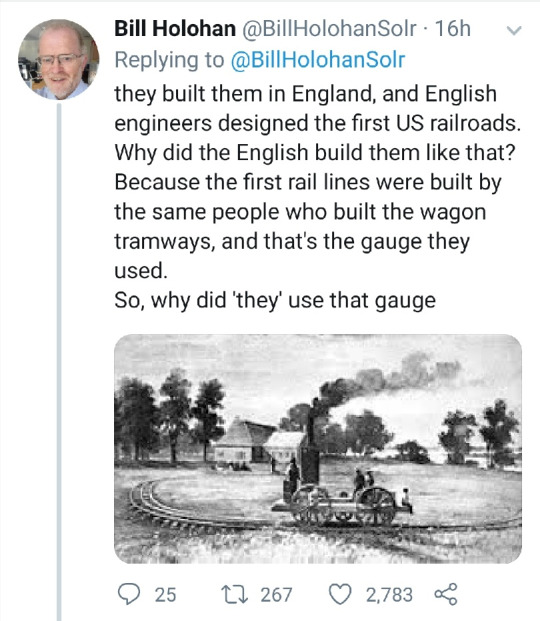

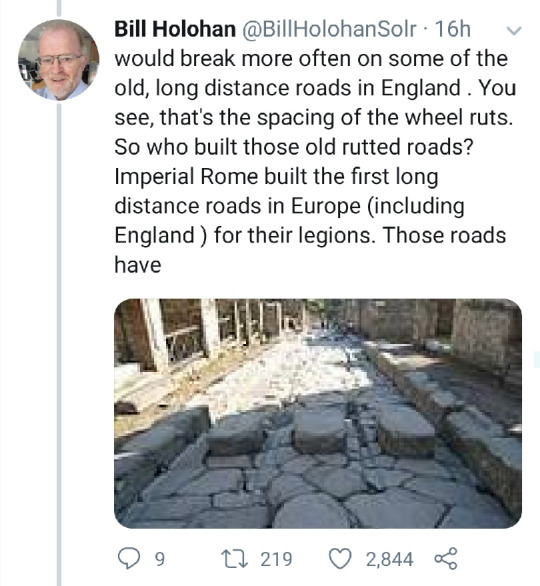
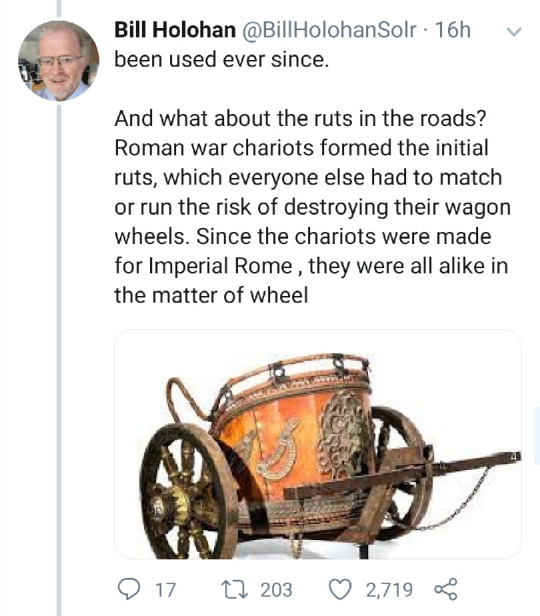




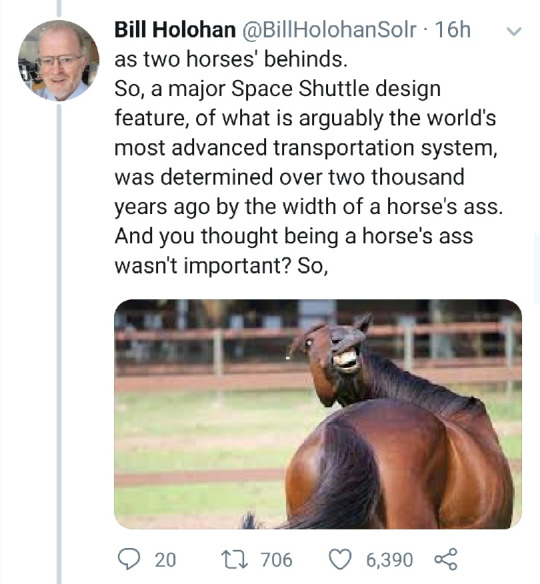
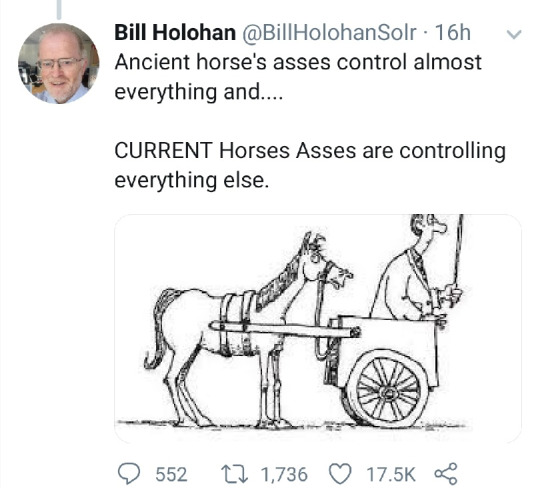
#trains#chariots#British engineers#horses#horses’ asses#two specifically#unexpected nasa#space shuttle#nasa#space#history
158K notes
·
View notes
Text
Anyone know the stats for a chariot?

Like it? Something I designed for the gladiator campaign we're starting Thursday at the library! I modified it from a death chariot design posted by another user, and I think it turned out better than expected! (Love it when someone else does all the legwork...)
Anyway, I can't find stats for chariots in D&D 5e, but I have a pdf of the 3.5 Arms and Armor Guide, which lists stats for a chariot. Unless anyone has updated stats for 5e, I'll probably just work off of those.
Link: https://www.heroforge.com/load_config%3D42737737/
7 notes
·
View notes